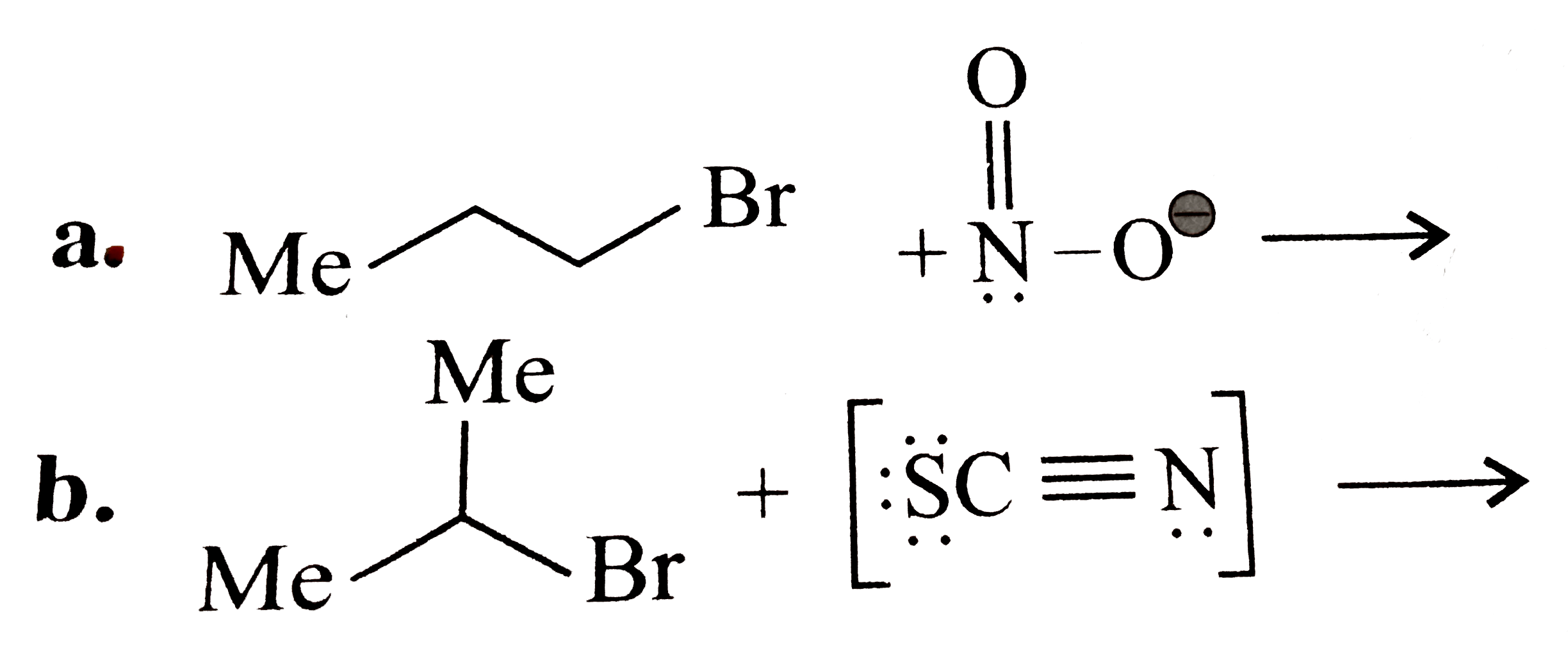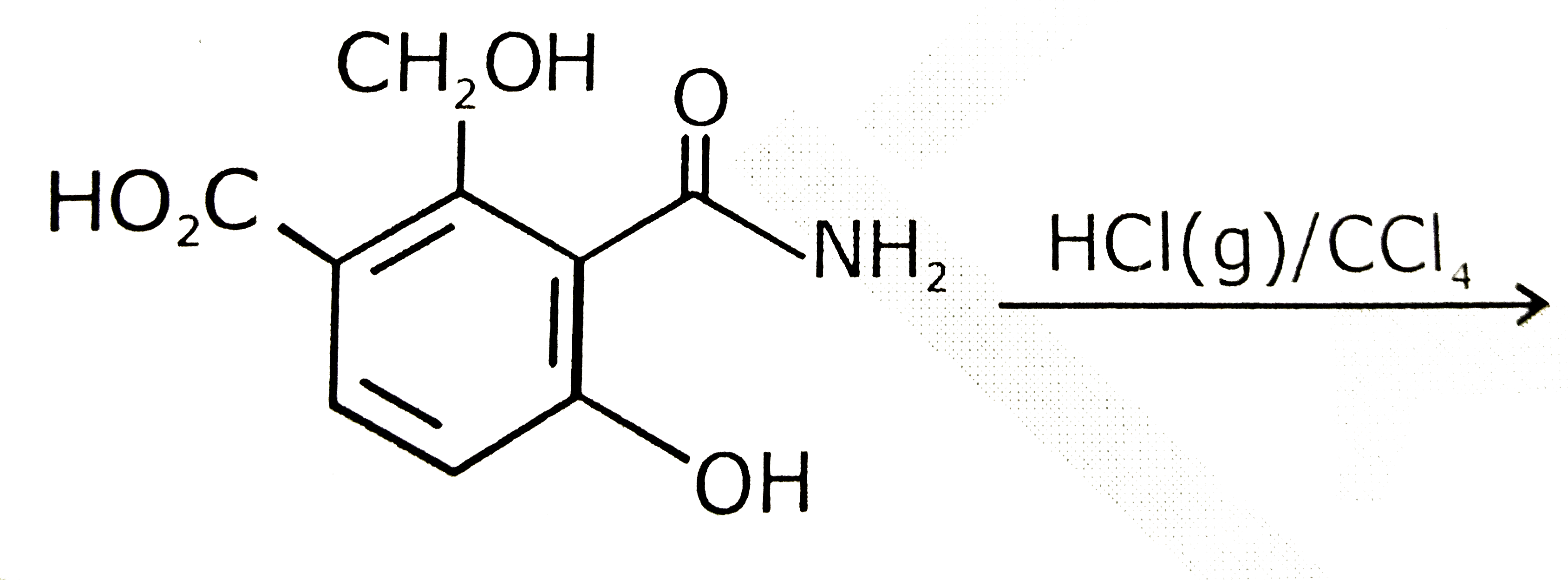Give the structures of the main organic substitution products expected from the reaction of 1-bromobutane with (CH3)3N
To solve the question regarding the reaction of 1-bromobutane with trimethylamine (CH₃)₃N, we will follow these steps:
Step 1: Identify the Reactants
We have two reactants:
1. 1-bromobutane (C₄H₉Br)
2. Trimethylamine (N(CH₃)₃)
Step 2: Understand the Reaction Mechanism
1-bromobutane is a primary alkyl halide, and trimethylamine is a tertiary amine. In this reaction, the nitrogen atom of trimethylamine has a lone pair of electrons, which allows it to act as a nucleophile. The carbon atom bonded to bromine in 1-bromobutane is electron-deficient due to the electronegativity of bromine, making it susceptible to nucleophilic attack.
Step 3: Nucleophilic Attack
The nitrogen atom from trimethylamine will attack the carbon atom of 1-bromobutane, leading to the formation of a new bond between nitrogen and carbon. As a result, the bromine atom will leave as a bromide ion (Br⁻).
Step 4: Formation of the Product
After the nucleophilic attack, we will have a positively charged nitrogen (due to the loss of its lone pair) and a bromide ion. The resulting compound is a quaternary ammonium salt. The structure of the product can be represented as follows:
- The nitrogen atom is bonded to three methyl groups (from trimethylamine) and one butyl group (from 1-bromobutane).
- The resulting compound is called trimethylbutylammonium bromide.
Step 5: Write the Final Structure
The final structure of the product can be represented as:
CH3∣∣CH3−N⁺−CH2−CH2−CH2−CH3∣∣CH3
With a bromide ion (Br⁻) as the counter ion.
Final Product
The main organic substitution product expected from the reaction of 1-bromobutane with trimethylamine is trimethylbutylammonium bromide.
---
We have two reactants:
1. 1-bromobutane (C₄H₉Br)
2. Trimethylamine (N(CH₃)₃)
1-bromobutane is a primary alkyl halide, and trimethylamine is a tertiary amine. In this reaction, the nitrogen atom of trimethylamine has a lone pair of electrons, which allows it to act as a nucleophile. The carbon atom bonded to bromine in 1-bromobutane is electron-deficient due to the electronegativity of bromine, making it susceptible to nucleophilic attack.
The nitrogen atom from trimethylamine will attack the carbon atom of 1-bromobutane, leading to the formation of a new bond between nitrogen and carbon. As a result, the bromine atom will leave as a bromide ion (Br⁻).
After the nucleophilic attack, we will have a positively charged nitrogen (due to the loss of its lone pair) and a bromide ion. The resulting compound is a quaternary ammonium salt. The structure of the product can be represented as follows:
- The resulting compound is called trimethylbutylammonium bromide.
The final structure of the product can be represented as:
With a bromide ion (Br⁻) as the counter ion.
The main organic substitution product expected from the reaction of 1-bromobutane with trimethylamine is trimethylbutylammonium bromide.
Topper's Solved these Questions
- BOOK - ICSECHAPTER - HALOALKANES AND HALOARENES EXERCISE - EXERCISE (PART - I OBJECTIVE QUESTIONS) (FILL IN THE BLANK)15videos
HALOALKANES AND HALOARENES
- BOOK - ICSECHAPTER - HALOALKANES AND HALOARENES EXERCISE - EXERCISE (PART - I OBJECTIVE QUESTIONS) (MULTIPLE CHOICE QUESTIONS)40videos
HALOALKANES AND HALOARENES
- BOOK - ICSECHAPTER - GENERAL PRINCIPLES AND PROCESSES OF ISOLATION OF ELEMENTS EXERCISE - EXERCISE (PART-I ( OBJECTIVE QUESTIONS )) (Fill in the blanks)60videos
GENERAL PRINCIPLES AND PROCESSES OF ISOLATION OF ELEMENTS
- BOOK - ICSECHAPTER - ISC QUESTION PAPEREXERCISE - PART-II(SECTION-B)74videos
ISC QUESTION PAPER
Similar Questions
Knowledge Check
- Question 1 - Select One
What is the major product expected from the following reaction ?
 A
A B
B C
C D
D
Write the structure of the major organci product expected from the following reaction .
 .View Solution
.View SolutionWrite the structure of the major organic product expected form the following reaction:
 View Solution
View SolutionWrite the structure of major organic product expected from the following reaction.
 View Solution
View SolutionGive the products of the following organic reactions :

View SolutionWrite the structures of the major products expected from the following reactions:
(a) Mononitration of 3-methylphenol
(b) Dinitration of 3-methylphenol
(c) Mononitration of phenyl methanoate.View SolutionThe major product expected from the following reaction is :
 View Solution
View SolutionWrite the structure of the major organic product expected from each of the following reactions:
CH3CH2CHCl2Boil−−→alkaliView Solution

